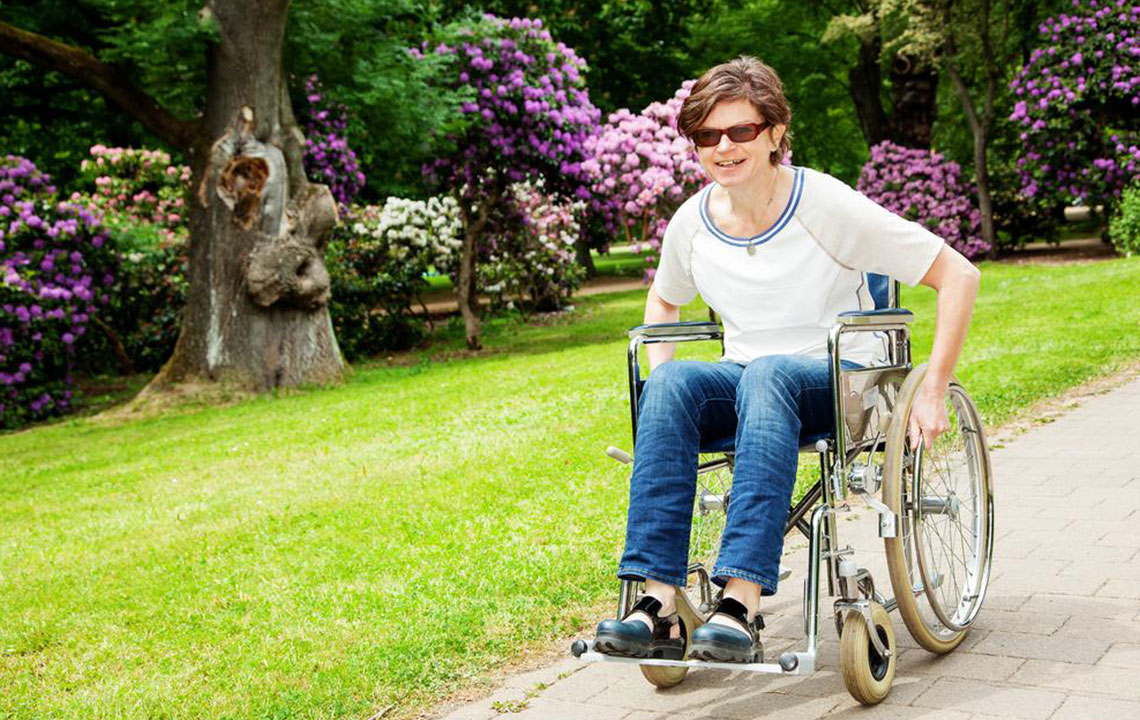Comprehensive Guide to Types of Disabilities and Effective Ways to Support Them
This detailed article explores various types of disabilities, including visual, auditory, mental health, cognitive, brain injuries, autism, and physical limitations. It emphasizes understanding these conditions and highlights practical ways to support affected individuals through accessible environments, supportive policies, and compassion. Ensuring inclusivity and awareness is vital for improving quality of life for people with disabilities, fostering a society that values diversity and promotes equal opportunities for all.

Understanding Different Disability Categories and How to Assist Those Affected
Disabilities are diverse conditions that can significantly impact an individual's daily life, affecting their ability to perform routine activities independently. They can be present from birth (congenital) or develop over time due to injuries, illnesses, or other health issues. Recognizing the various types of disabilities is essential to fostering an inclusive society and providing appropriate support. This comprehensive guide explores the main categories of disabilities, their causes, challenges faced by individuals, and practical ways to support and accommodate them effectively.
Visual Impairments: Visual disabilities range from partial sight to complete blindness. Causes include genetic conditions, age-related deterioration, eye injuries, or diseases like glaucoma and cataracts. Advances in medical treatments such as cataract surgery, corneal transplants, and the use of visual aids like magnifiers and electronic glasses have improved quality of life for many. Supporting individuals with visual impairments involves ensuring accessible environments—such as tactile paving, audio cues, and screen reader-compatible technology—and promoting independence through training in mobility and daily living skills.
Auditory Disabilities: Hearing impairments vary from mild hearing loss to profound deafness. Common causes include genetic factors, age-related degeneration, exposure to loud noise, infections, or injury. Communication strategies are crucial in supporting these individuals, including the use of hearing aids, cochlear implants, lip reading, sign language, and speech therapy. Creating an inclusive environment involves providing captioned media, visual alerts, and training for caregivers and educators to facilitate effective communication and social interaction.
For congenital impairments like cochlear nerve anomalies, options such as cochlear implants are transformative, allowing many with profound hearing loss to participate more fully in communication and social activities.
Mental Health Challenges: This category encompasses mental and emotional health conditions that influence feelings, thoughts, and behavior. Common issues include depression, anxiety disorders, schizophrenia, bipolar disorder, and personality disorders. Supporting mental health involves promoting awareness, reducing stigma, providing access to therapy and medication, and fostering supportive communities. Workplaces and schools can implement policies to accommodate mental health needs, enabling affected individuals to thrive academically and professionally.
Cognitive Impairments: These disabilities affect abilities related to learning, memory, problem-solving, and social interactions. Causes include developmental disorders like intellectual disabilities, neurodegenerative diseases such as dementia, and brain injuries. Support strategies involve specialized education plans, occupational therapy, and assistive technologies to enhance learning and daily functioning.
Brain Injuries Acquired Later in Life: Traumatic brain injuries (TBI) resulting from accidents, falls, strokes, infections, or oxygen deprivation can cause significant neurological impairments. Men tend to be more affected than women. Rehabilitation programs—including physical therapy, speech therapy, and occupational therapy—are vital for recovery and adaptation. Supportive environments that promote safety and independence are key for improving quality of life.
Autism Spectrum Disorder (ASD): ASD is a neurodevelopmental condition characterized by differences in social interaction, communication, and behavior. It encompasses conditions like autism and Asperger’s syndrome. Support involves early diagnosis, tailored interventions, social skills training, and sensory accommodations to help individuals develop their strengths and navigate social settings comfortably.
Physical Limitations: Physical disabilities involve impairments in mobility, strength, or coordination, affecting activities such as walking, lifting, or fine motor skills. Causes include congenital conditions like cerebral palsy, muscular dystrophy, or spinal cord injuries. Support measures include wheelchair accessibility, assistive devices, physiotherapy, and personal assistance to enable independence and participation in daily activities.
Promoting kindness, patience, and understanding towards people with disabilities is fundamental. Creating accessible environments, offering support, and advocating for inclusive policies can dramatically enhance their quality of life. Society's collective efforts to raise awareness and provide resources are essential elements in fostering a more inclusive world.





